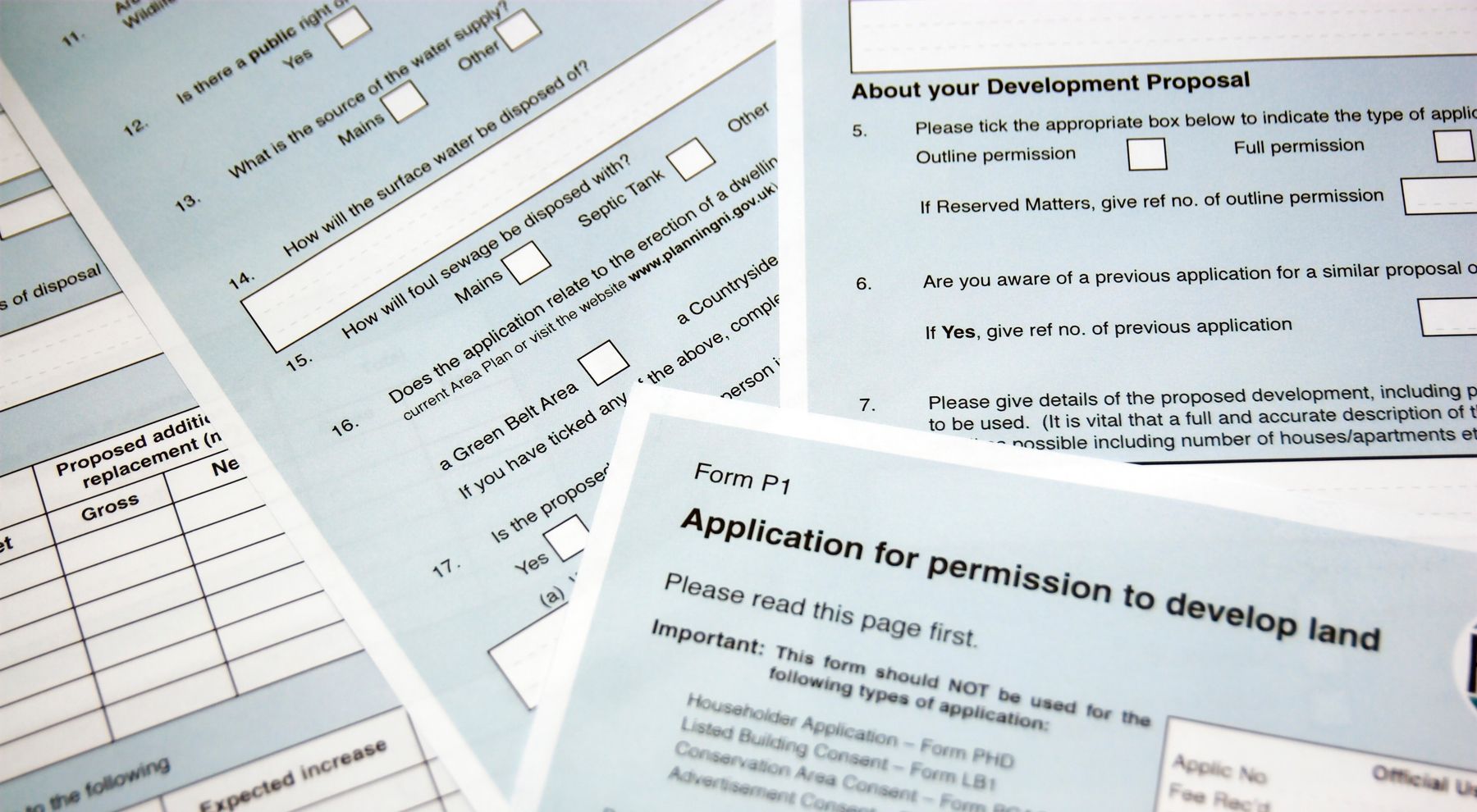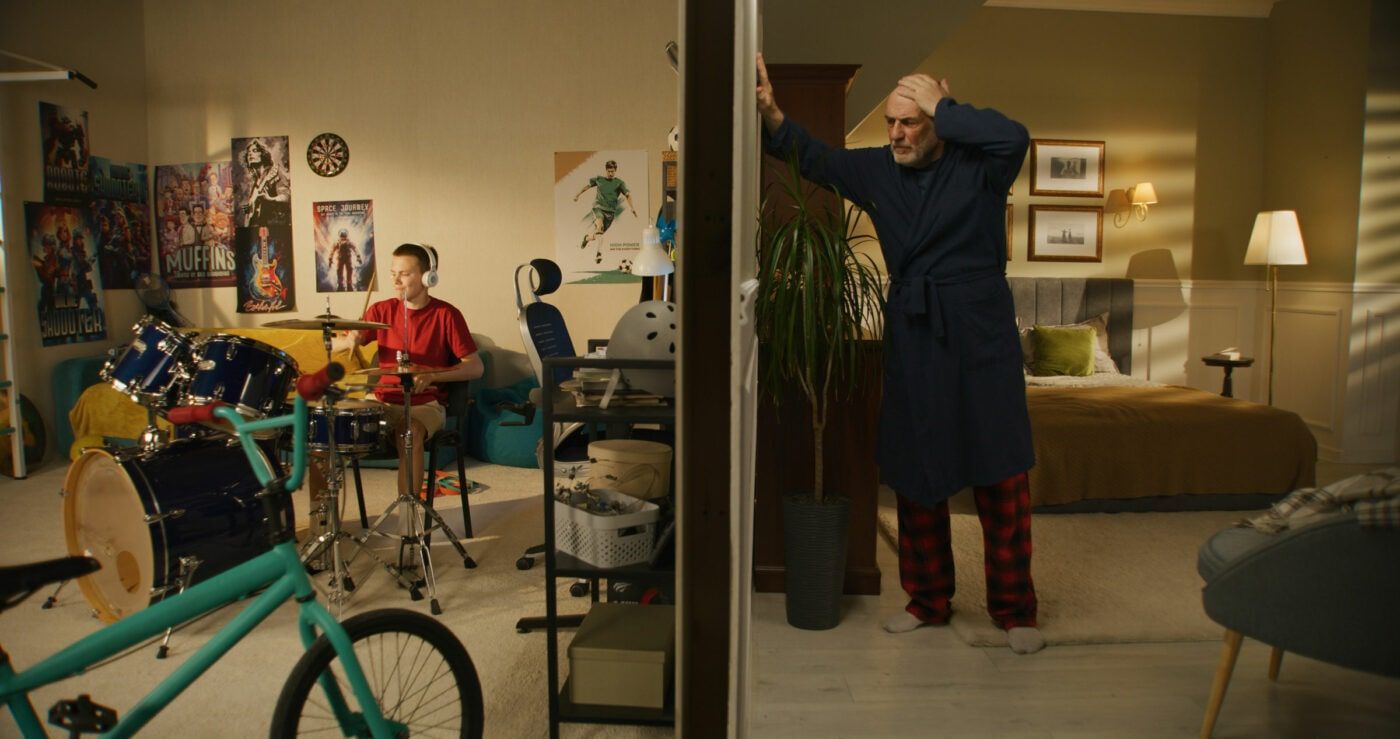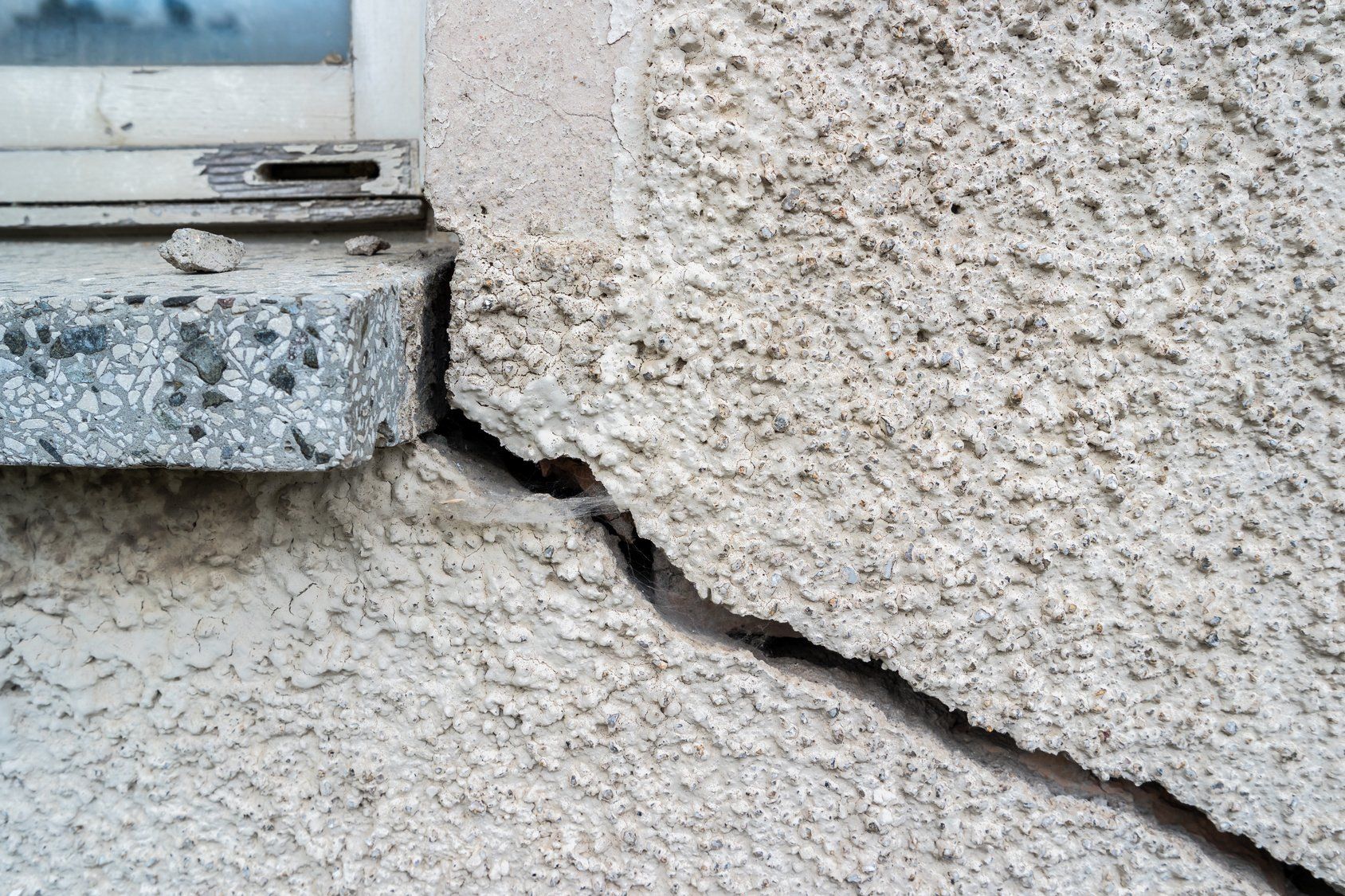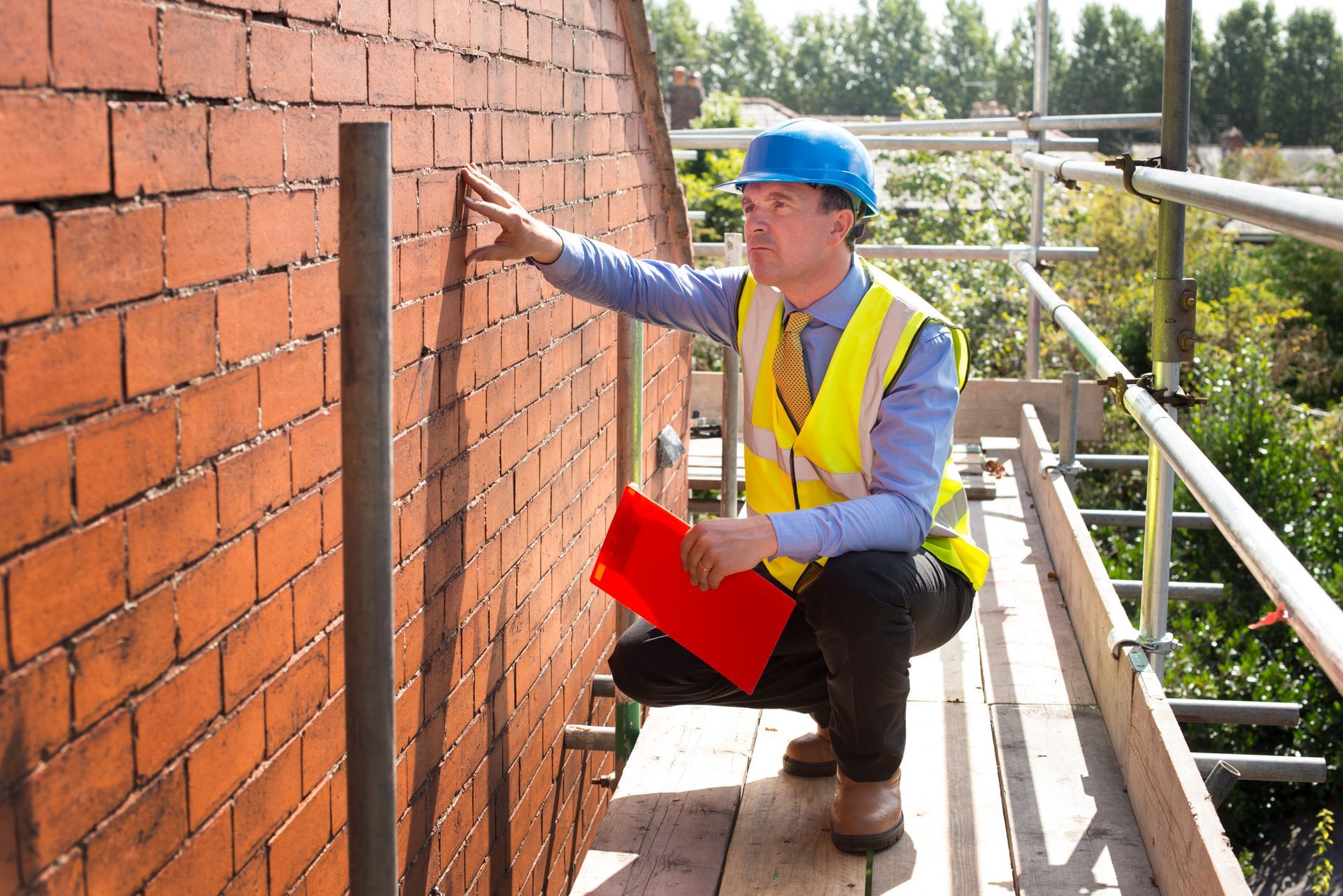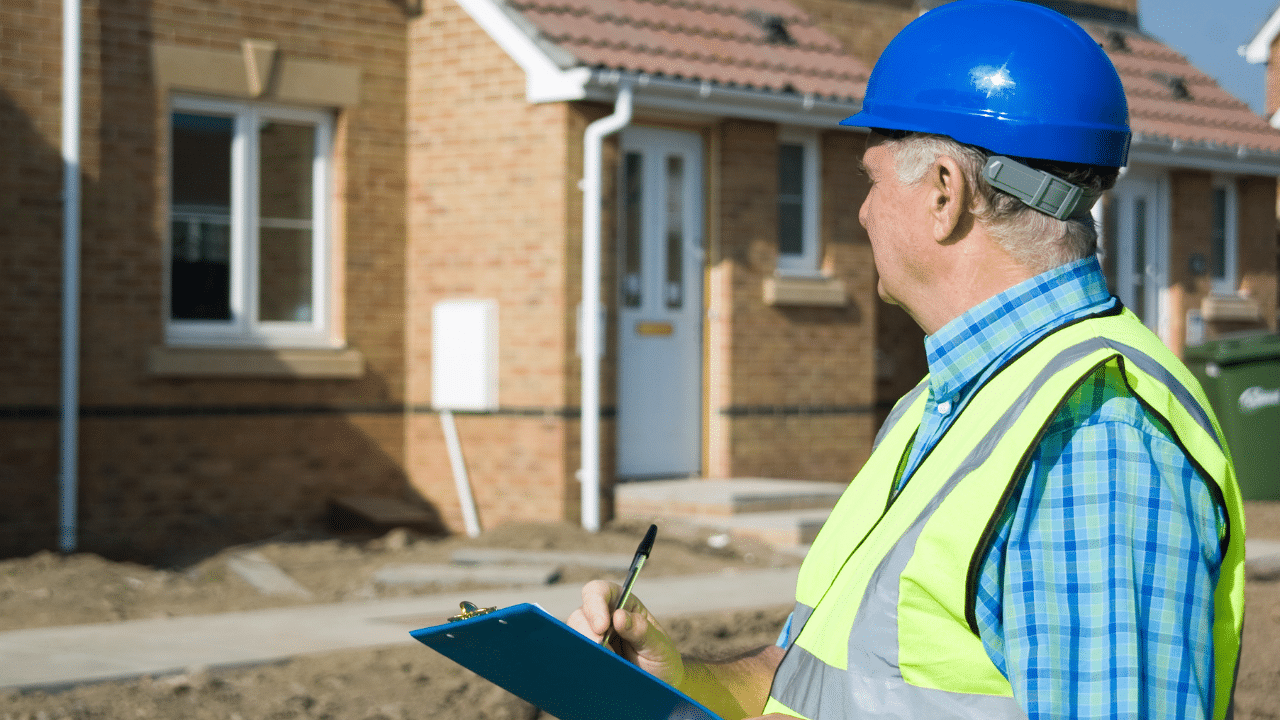The Most Common Building Defects and How to Detect Them
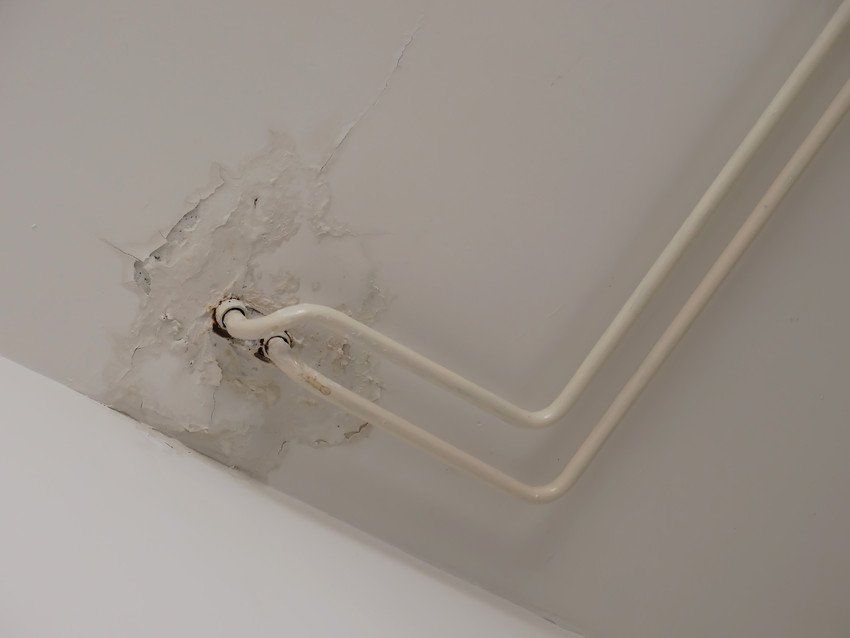
It’s often the case that building defects take a while to notice, which summarily leads to further damage to the property and the development of further defects. A good example is roofing problems, whereby some loose tiles lead to water ingress which can rot support beams and potentially allow parts of the ceiling to collapse (this is what happened to my student house)!
This means that it’s a good idea to get any potential problems examined at an early stage, but it’s often difficult knowing if there is a problem in the first place, let alone how it came about and how it can be fixed! This makes hiring a professional, who can conduct what is called a ‘Building Defect Analysis’, a great way to put your mind at ease and to save money in the long run!
What is a Building Defect Analysis?
Your landlord will likely arrange for an end-of-tenancy dilapidation survey, which is when the building is examined to uncover any problems which may have occurred or developed during your tenancy. This is so any necessary repairs can be made prior to new tenants arriving and to make sure that previous tenants pay for their damage.
A good way to ensure that this is done fairly is to hire a professional to conduct a building defect diagnosis on your property. This will ensure that the origin of the problem and any potential remedies are fully understood by the tenant. For example, you could end up being pushed into paying for existing damage because you didn’t know where and when the problem began, or you could end up paying for a service which doesn’t fit the indicated problem.
This means that having a building defect analysis conducted will lead to greater comfort, safety, and security in your property.
Don’t worry (too much), water ingress through brick walls is a relatively common occurrence. Generally, this can occur for a number of reasons which vary in terms of severity. At one end of the spectrum is cracking in the building’s brickwork and substrate and at the other end are serious structural deficiencies which cause long term damage to entire walls.
There are two tricky water ingress situations that you should be aware of, as they are normally down to structural issues:
Cavity wall ties : If a cavity wall tie uses too much or too little mortar, or if it uses metal which has since corroded and cracked, then these ties can attract water which inevitably soaks into the wall.
Water ingress around windows : This is a fairly common form of water ingress and is usually caused by the window unit moving over time, creating gaps around the window frame. Generally, if the window leak is visible where the window sash meets the jamb then the window is the cause of the leak.
A huge 80-85% of mould problems are caused by human-made condensation, so this is a building defect which tenants are definitely liable toward. Even though most people can fairly easily detect mould, it comes in a huge variety of types, sizes, colours, and textures, so it’s important to consider some universal ways of detecting it as opposed to relying solely on its appearance:
-Firstly, if it has a musty, earthy smell.
-Secondly, if there is more moisture than usual combined with little sunlight.
-Thirdly, if it turns white when exposed to diluted bleach (1 part bleach, 16 parts water).
-Fourthly, if it grows - it is an organism after all!
It’s also possible to tell that you have mould if you display any of the following symptoms: coughing, sneezing, a sore and itchy throat, a runny nose, sinus headaches, wheezing and difficulty breathing, itchy and watery eyes, itchy and irritated skin. This is especially true when these symptoms fluctuate at roughly the same time and when they are displayed simultaneously.
‘Structural weaknesses’ is really an umbrella term for a host of potential issues with your building. The most common are cracks in brickwork, gaps in windows and door frames, bowed walls and ceilings, and gradual building movements which may, for example, cause the porch to move away from the house or cause a wall to lean in a particular direction.
The problem with structural weaknesses is that they can be hard to accurately locate. Symptoms will include leaking water, draughts, and cracking but these don’t necessarily point to one problem and could be the effect of a number of problems. This is a key reason why a professional building defect analysis is an important consideration, so that you can fully understand the extent of the problem (instead of surfing through Google or asking Alexa)!
Furthermore, sound penetration is a reliable symptom of structural weaknesses because most building defects result in either cracks or gaps. If you notice that sounds are louder in particular rooms or sides of the house, or that you can hear inside the house from the street particularly well, then you ought to book a consultation.
Distorted or bulged walls are most common in older stone buildings and in more wintry settings. They are particularly worrying because unless they are addressed the wall’s distortion will develop to the extent that its centre of gravity will lay outside the middle of its base. This will cause a whole plethora of other structural issues which will inevitably arise in a dilapidation report. This is also common in roofs with too little support or in properties with too little, or weak, retaining walls.
In fact, this is a structural problem which is particularly easy to detect because all it requires is a spirit level. Just hold it up against the wall and if the small bubble doesn’t land within the two outermost lines then the wall isn’t level - you’d better be good at Jenga!
A whole range of problems can occur to the roof during your tenancy. In the hum and drum of day-to-day lives, the roof can become neglected over time. Here are some of the more common problems that occur with roofs and which are detected in building defect diagnosis:
Tiling : Depending on how your roof tiles were fixed to the roof’s battens, either the nails corrode over time and tiles become loose, or where concrete or clay tiles are used they can crack and spool over time. This is often a primary cause of top-down water ingress.
Rotting : If the tiles have become broken over time or were fitted improperly then the structural beams holding the shape of the roof can begin to rot from the water ingress. Although most houses no longer use wood for such important structural properties, older houses may still have wooden roof beams and these aren’t likely to be as strong as they once were.
Sagging : A direct result of rotting structural beams is that either the roof itself, the floor of the roof, or its structural beams begin to sag. This lowers the integrity of the upper half of the building’s structure and can lead to a whole new set of problems.
Clearly, neglecting the roof can quickly become detrimental to the rest of the building, especially as one roofing problem often leads to another. This means that roofing issues form a snowball effect which makes identifying the source of the problem particularly difficult, often requiring professional assistance such as that provided by Simon Levy Associates.
It should now be clear what sort of symptoms you should be looking out for, especially when nearing the end of your tenancy. These can be indicative of a range of building defects which have been discussed above, from mould to bulging walls and from cracked bricks to door frame gaps. Getting these examined by a professional ahead of your landlord’s dilapidation assessment can save you hundreds, if not thousands, of pounds in the long run!
A great way to save money is to organise a building defect diagnosis with a specialist like Simon Levy Associates so that you can get a head start on these repairs before moving out, rather than running the risk of paying more for a dilapidation survey - forward thinking is key in this respect!
If you have any further questions then don’t hesitate to get in contact on 0208 207 6100 to understand more about our services which include building defect analyses, party wall matters and boundary disputes, insurance claims, planning matters, and dilapidation surveys!
